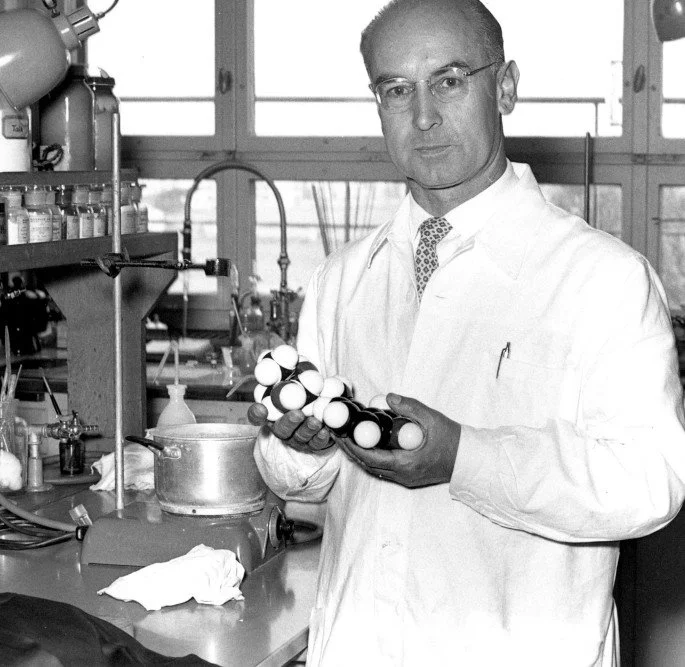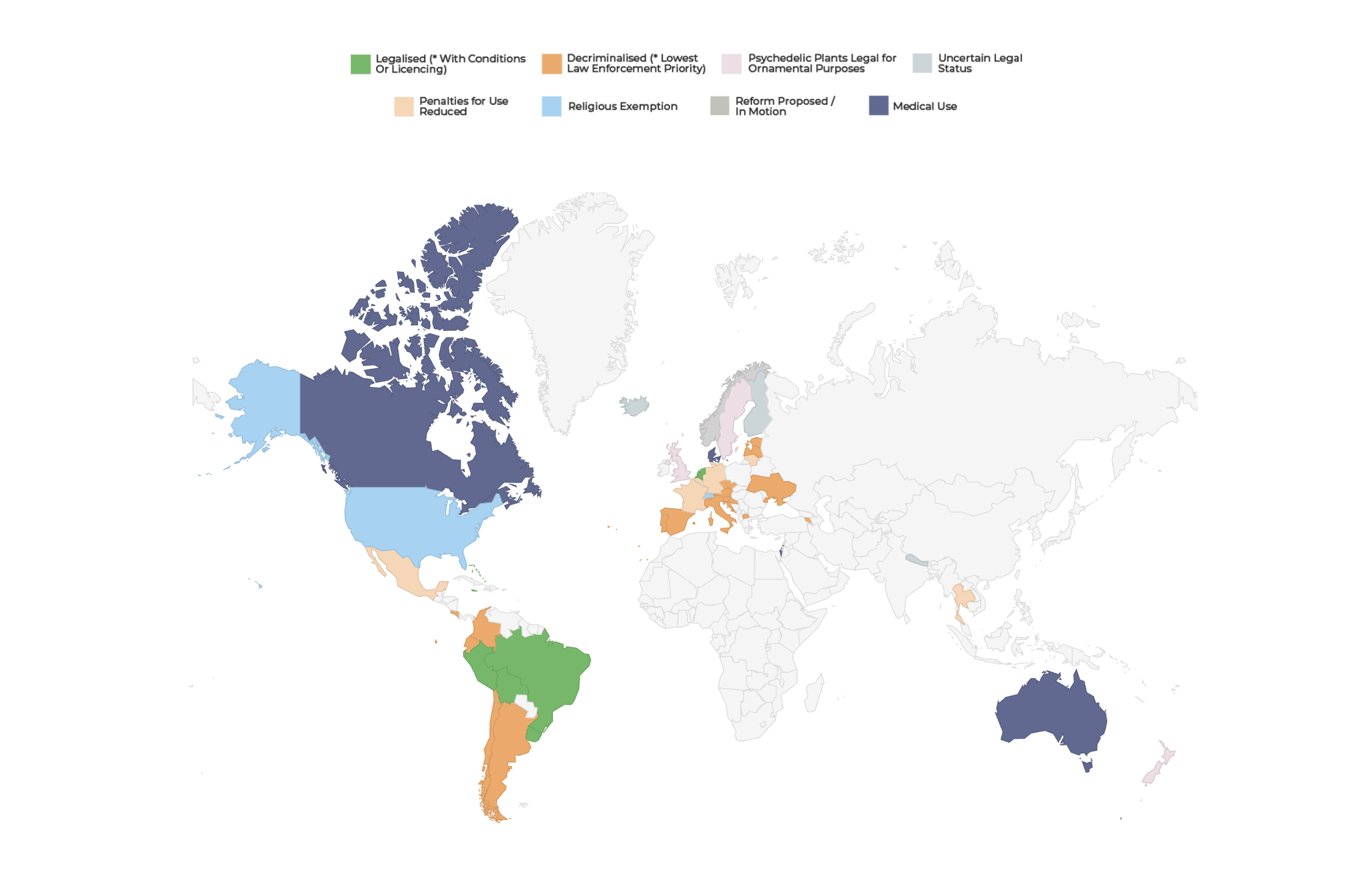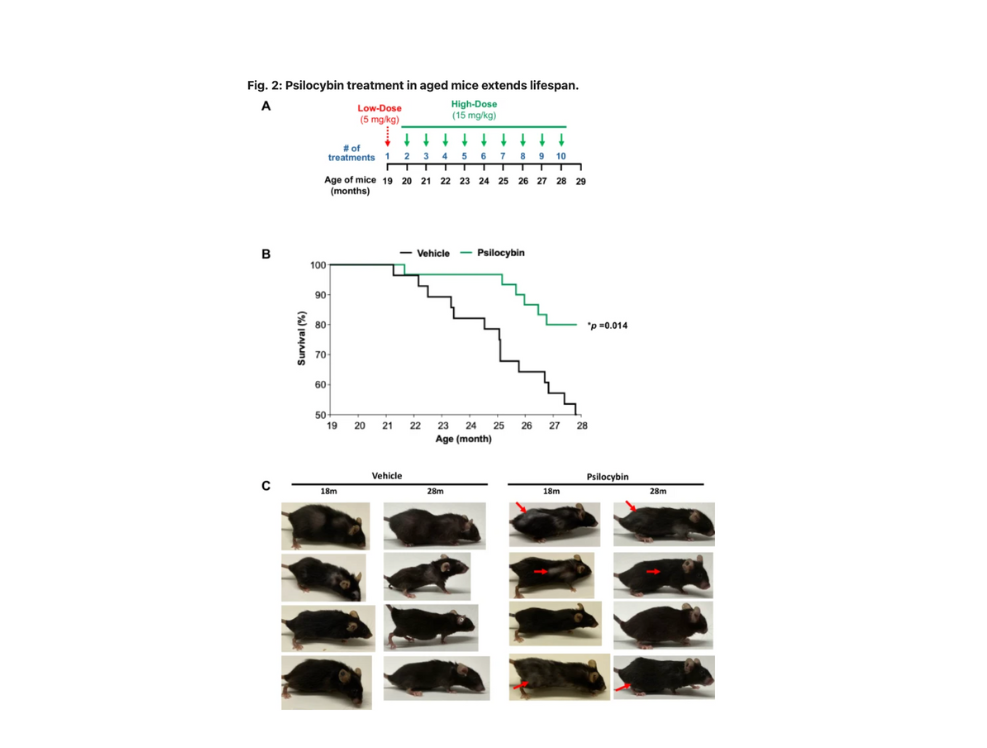Legal, Decriminalized, or Forbidden? The Global Guide to Psychedelic Law in 2025
Is everything we've been told about psychedelics wrong?
For decades, they were symbols of social rebellion, but a seismic shift is underway. Driven by groundbreaking research from institutions like Imperial College and championed by mayor cultural voices from The New York Times to Oprah Winfrey, these compounds are being re-evaluated as powerful therapeutic tools.
But this scientific discovery is on a collision course with decades of legal prohibition, creating a complex and confusing landscape for patients, researchers, and the public alike.
Understanding global drug classifications and their historical context isn't just an academic exercise; it's essential for anyone seeking to engage with psychedelics responsibly, whether for therapeutic exploration, scientific research, or informed policy advocacy. From the hallowed halls of top research institutions to the evolving legislative chambers worldwide, the conversation is shifting.
At Kinisi, we believe that informed understanding is the bedrock of responsible engagement, safe use, and meaningful policy reform. This article provides a comprehensive overview of the global legality and classification of psychedelics, offering the nuanced understanding critical for navigating this transformative era.
In this blog, you will learn:
The historical arc of psychedelic regulation, from early medical promise to global prohibition.
How international treaties and national laws classify and control psychedelic substances.
A detailed country-by-country breakdown of current psychedelic legality.
Key legal changes, regulatory shifts, and emerging policy trends post-2020, highlighting the "psychedelic renaissance."
The broader societal implications of evolving psychedelic policy, including new applications beyond mental health.
Kinisi's role in promoting safe use, education, and advocacy in this dynamic field.
1. From Cure to Crime: A Historical Overview of Global Psychedelic Classification
The journey of psychedelics through the 20th century is a fascinating arc from widespread scientific exploration to near-total prohibition, before their current resurgence.
1.1 Early Research & Therapeutic Promise (Mid-20th Century)
The mid-20th century was a vibrant period for psychedelic research. In 1943, Albert Hofmann's accidental discovery of LSD's psychoactive effects ignited a wave of scientific curiosity. He later isolated psilocybin from "magic mushrooms" in 1958. The term "psychedelic" itself, meaning "mind manifesting," was coined by Dr. Humphry Osmond in 1956, encapsulating the profound effects these substances had on consciousness.
From 1950 to 1965, tens of thousands of patients were treated with LSD for various conditions, with pioneers like Dr. Osmond and Dr. Abram Hoffer conducting significant studies, with Hoffer notably publishing early research on LSD to treat depression in the American Journal of Psychiatry.
Other key figures who contributed to the burgeoning field included Dr. Charles Savage, one of the first researchers to explore LSD's therapeutic potential, and Dr. Stanislav Grof, a pioneering figure in psychedelic psychotherapy and transpersonal psychology. Intellectuals like author Aldous Huxley and Hollywood star Cary Grant also explored these compounds, further contributing to public discourse. This era saw over 1,000 scientific papers published, highlighting a legitimate medical interest that stands in stark contrast to later classifications.
1.2 The Global Wave of Prohibition: Politics Over Science
The promising era of psychedelic research abruptly halted in the mid-1960s, giving way to a global prohibition driven by a complex interplay of social, cultural, and political forces. Widespread recreational use fueled public and media hysteria, often exaggerating risks.
Crucially, the "War on Drugs" was, in part, a calculated political tool. As openly admitted by John Ehrlichman (and covered in 2016 in a report by Dan Baum), domestic-policy adviser to President Nixon:
“The Nixon campaign in 1968, and the Nixon White House after that, had two enemies: the antiwar left and black people... We knew we couldn’t make it illegal to be either against the war or black, but by getting the public to associate the hippies with marijuana and blacks with heroin, and then criminalizing both heavily, we could disrupt those communities. ...Did we know we were lying about the drugs? Of course we did. ”
Opposite Upcycle Aesthetic: Peace and Antigovernment in the 70s – images from Duncan Laird’s article
This candid admission exposes the non-scientific, often cynical, foundations of modern drug prohibition. This intentional misinformation and manufactured fear-mongering led to a global lie and false propaganda that would dictate drug policy and public perception for the next several decades, profoundly hindering scientific inquiry and harming countless lives.
2. Legal Frameworks and Global Breakdowns: A Patchwork of Policies
The political momentum in the 1970’s led to international treaties, notably the UN Convention on Psychotropic Substances of 1971 (UNODC), which brought hallucinogens like LSD and psilocybin under strict international control, typically classifying them as Schedule I. This designation places them under the most restrictive international control, generally mandating member states to limit their use strictly to medical and scientific purposes under controlled conditions. National laws, such as the US Controlled Substances Act of 1970 and the UK Misuse of Drugs Act 1971 (Transform Drug Policy Foundation), mirrored these international obligations, effectively stifling research for decades.
2.1 Understanding Drug Classification Systems: Schedules and Classes Explained
Drug classification systems are governmental frameworks designed to control substances based on their perceived potential for abuse, accepted medical utility, and overall harm. These systems determine how substances are regulated for public safety, medical access, and scientific research.
Despite overarching international conventions like the UNODC, the legal status of psychedelics, particularly psilocybin, varies dramatically across the globe, creating a complex, evolving landscape.
The Role of the U.S.
While global drug laws are primarily shaped by United Nations treaties, historically, the United States has exerted profound and lasting influence on how these international frameworks are interpreted and implemented globally. For decades, the U.S. approach to drug scheduling has served as a highly influential model, encouraging other nations to adopt equally strict policies for substances it deems dangerous. This historical dominance is precisely why the current shift within the U.S. toward re-evaluating psychedelic policy, spearheaded by figures like RFK Jr. and state-level initiatives, marks such a pivotal moment for global drug reform (see Section 3.3 for more).
National Scheduling Systems: The U.S. Approach and its Global Relevance
While drug classification systems vary significantly from country to country, we will focus on the United States' system in detail here. This is because the U.S. Controlled Substances Act (CSA) has historically had a substantial global influence, and its "Schedule I" classification of psychedelics remains one of the most discussed and controversial in the world. Understanding this system is key to grasping the foundational legal barriers and recent reforms impacting psychedelics worldwide.
United States (Controlled Substances Act - CSA, 1970) categorizes drugs into five distinct schedules based on their accepted medical use, potential for abuse, and safety for supervised use.
Overview U.S. Controlled Substances Act (CSA).
*Cannabis: Although federally classified as a Schedule I substance, many U.S. states have legalized cannabis for medical and/or recreational use.
Critically for our conversation, research on Schedule I substances is highly restricted and exceedingly difficult to conduct, requiring extensive bureaucratic hurdles and limited access to the compounds themselves. Examples include heroin, lysergic acid diethylamide (LSD), marijuana (cannabis), 3,4-methylenedioxymethamphetamine (ecstasy), and psilocybin.
The "Lost Decades" of Research
The imposition of global prohibition led to a near-total cessation of scientific study into psychedelics for over 30 to 40 years, often referred to as the "lost decades." Funding dried up, and legal barriers made research exceedingly difficult. This interruption was not due to a scientific consensus on inherent harm, but rather political and social fears, leading to a significant opportunity cost for public health and scientific understanding.
However, a gradual re-emergence began in the 1990s, accelerating into the "psychedelic renaissance" of the late 2010s and early 2020s, driven by accumulating evidence of their therapeutic potential.
2.2 Current Global Legal Status of Psychedelics: Key Country Breakdowns
The legal status of psychedelics varies widely, reflecting diverse national policies and interpretations of international treaties.
Worldwide Psychedelic Laws Tracker by Psychedelic Alpha, snapshot 17.07.2025
Here’s a snapshot of the global legal situation as of July 2025:
North America
United States: Federally Schedule I. Oregon (Measure 109, 2020) offers a state-licensed, regulated psilocybin therapy program. Colorado (Prop 122, 2022) decriminalized personal possession and mandated a regulated supervised use system. Numerous cities (e.g., Denver, Oakland, Washington D.C.) have decriminalized.
Canada: Controlled substance (Schedule III). Health Canada's Special Access Program allows restricted medical access, particularly for end-of-life distress.
Mexico: Decriminalized small amounts for personal use.
Europe
Netherlands: Unique. While "magic mushrooms" are illegal, psilocybin truffles (sclerotia) remain legal and are openly sold.
Portugal: In 2001, decriminalized all psychoactive drugs, including psilocybin, shifting focus to public health.
Spain: Permits private use and cultivation but bans sale.
Czech Republic: In July 2025, moved to legalize psilocybin for medical use.
Latin America
Brazil: Psilocybin is a prohibited psychotropic (Class F2), but legal ambiguity exists regarding fungal species.
Jamaica: Uniquely, psilocybin has never been prohibited, positioning it as a leader in psilocybin tourism and research.
Peru: Allows traditional use of ayahuasca and San Pedro cactus for religious ceremonies.
Asia-Pacific
Australia: On July 1, 2023, became the first country to legalize medical psilocybin for treatment-resistant depression (TRD) and MDMA for PTSD, under strict psychiatric supervision.
New Zealand: Since June 2025, psychiatrists are granted approval to prescribe psilocybin for medical use.
Most Other Asia-Pacific Countries: Maintain strict drug laws with heavy penalties.
Disclaimer: Please note that this information is intended for educational purposes and should not be considered legal advice. The legal landscape is dynamic, and your insights are invaluable in keeping this resource current. Should you have any corrections or updates, we would be grateful if you would share them with us at: sophie@kinisi.life.
3. Key Legal Changes, Regulatory Shifts, and Policy Trends Post-2020
The period post-2020 marks a dramatic acceleration in policy and regulatory shifts surrounding psychedelics, driven by mounting scientific evidence and evolving public discourse.
3.1 The "Psychedelic Renaissance" in Full Swing: Five Driving Forces of Change
The term "psychedelic renaissance" captures the dramatic resurgence of interest in these compounds, moving them from the fringes of illicit use back into the mainstream of scientific inquiry and medical development. This isn't merely anecdotal; it's a profound shift propelled by specific triggers and accumulating hard evidence.
#1 Mounting Scientific Evidence from Leading Institutions: The most critical catalyst has been a steady stream of rigorous, peer-reviewed research demonstrating the therapeutic efficacy of psychedelics for severe mental health conditions.
Landmark Studies: The foundational work of institutions like Johns Hopkins University and Imperial College London in the early 2000s was pivotal.
For instance, the 2006 Johns Hopkins study by Griffiths et al. on psilocybin's effects in healthy volunteers, which reported profound mystical experiences and lasting positive effects, shattered decades of scientific silence and opened the door for renewed human trials.
Similarly, Imperial College London's groundbreaking fMRI studies by Carhart-Harris et al. in the early 2010s provided critical insights into how psychedelics affect brain activity, particularly by "resetting" the default mode network (DMN), offering a neurological explanation for their therapeutic potential in conditions like depression and addiction.
These studies, along with those from NYU Langone Health, provided the initial scientific credibility to overcome entrenched stigma.
Focus on Treatment-Resistant Conditions: Early research strategically focused on conditions where conventional treatments often fail, such as treatment-resistant depression (TRD), PTSD, and end-of-life distress in cancer patients. The promising results in these areas, published in reputable journals, garnered significant attention from the medical community and regulatory bodies
#2 Recognition and "Breakthrough Therapy" Designations: A direct consequence of compelling research, regulatory agencies began to acknowledge the therapeutic potential.
The U.S. Food and Drug Administration (FDA) has notably granted "Breakthrough Therapy Designation" (a process designed to expedite the development and review of drugs that are intended to treat a serious condition) to psilocybin for treatment-resistant depression and major depressive disorder (MDD). Similarly, MDMA-assisted therapy for PTSD received the same designation.
This formal recognition from a major global health authority signals a profound shift in official perception and has significantly de-risked the field for further investment and research.
#3 Philanthropic and Venture Capital Investment: The growing evidence base and regulatory signals attracted substantial funding.
Organizations like the Multidisciplinary Association for Psychedelic Studies (MAPS), led by Rick Doblin, tirelessly raised funds for MDMA research for decades, serving as a model for subsequent philanthropic and private investments. Today, venture capitals like JLS, philanthropies like Psychedelic Science Funders Collaborative (PSFC) and biotech firms like ATAI Life Sciences are pouring billions into psychedelic research and development, creating a burgeoning industry dedicated to developing psychedelic-based medicines. This influx of capital has accelerated clinical trials and drug development pipelines.
Psychedelic Science Conference 2023 – Youtube
#4 Evolving Public and Media Discourse & Celebrity Advocacy: As scientific evidence emerged, media coverage shifted from sensationalism to more balanced and informative reporting.
Influential documentaries, podcasts, and articles helped to reshape public perception, fostering greater openness and demand for alternative mental health treatments. This cultural shift was propelled by influential public figures like author Michael Pollan, entrepreneur Tim Ferriss, MAPS founder Rick Doblin, mycologist Paul Stamets, and microdosing pioneer James Fadiman, who used their platforms to translate complex science into compelling narratives for a mainstream audience.
Beyond scientific circles, the increasing willingness of globally recognized public figures to share their positive experiences with psychedelic-assisted therapy or personal exploration has significantly reduced stigma and broadened public awareness.
Prominent voices like Oprah Winfrey and Joe Rogan have discussed these topics on their influential platforms. Other well-known figures such as Kristen Bell, Aaron Rodgers, Mike Tyson, Sting, Susan Sarandon, and even Prince Harry have openly shared their journeys with psychedelics, often crediting them with helping to process trauma, manage anxiety, or foster personal growth. This widespread public sharing helps normalize the conversation around these substances.
#5 Unmet Mental Health Needs: The urgent need for novel approaches like psychedelic therapy is driven by a staggering global mental health crisis that has overwhelmed traditional healthcare systems.
According to the WHO World Mental Health Report in 2022, nearly one billion people worldwide live with a mental disorder, making these conditions a leading cause of disability. This already dire situation was exacerbated by the COVID-19 pandemic, which the WHO Brief on COVID-19's Report in 2022 fount to have triggered a 25% global surge in anxiety and depression alone. Underscoring this universal vulnerability, a landmark 2023 study in The Lancet Psychiatry found that half of the world's population is projected to develop a mental disorder by the age of 75.
This crisis is compounded by a massive global "treatment gap." The WHO notes that in many lower-income countries, over 75% of people with mental health conditions receive no care at all, a problem fueled by outdated institutional models and critical shortages of health professionals.
Confronted by this immense unmet need, psychedelics represent a true paradigm shift in mental healthcare. By igniting profound neuroplasticity, they move beyond simple symptom management to heal the very root of mental illness, offering a powerful and necessary path forward for the millions let down by conventional therapies.
Mental Health Conditions – WHO Mental Health Report (2022)
3.3 Political Momentum: Global Regulatory Shifts & Key Players
The landscape of psychedelic policy is being reshaped not just by science and media, but by a growing global political conversation.
U.S. psychedelic policy is accelerating by significant political momentum. This is highlighted by the Trump administration's interest in psychedelic therapy for veterans, with Health Secretary Robert F. Kennedy Jr. (RFK) announcing a goal in June 2025 for availability "within 12 months," underscoring bipartisan recognition of its potential for mental health crises.
“This line of therapeutics has tremendous advantage if given in a clinical setting and we are working very hard to make sure that happens within 12 months”
Beyond the U.S., significant global shifts are also taking place:
New Zealand granted approval in June 2025 for a psychiatrist to prescribe psilocybin for medical use, signaling a cautious but notable step towards expanded access.
While New Zealand's approach is limited to strictly medical use, the Czech Republic is advancing a broader public health model, with a bill for a state-regulated market introduced in July 2025 and now under parliamentary review.
“The amendment will help criminal law better distinguish between truly socially harmful behavior and cases that do not belong in criminal proceedings at all.”
These developments highlight a broader international trend where nations are re-evaluating long-standing prohibitions based on emerging evidence and public health needs.
3.4 Research Trends (2025 Outlook)
Research in 2025 continues to focus heavily on psilocybin and ketamine, with trials demonstrating their potential to reduce symptoms of depression, anxiety, and PTSD, and to induce beneficial personality changes.
New Applications (Johns Hopkins): Pioneering trials are exploring psilocybin for opioid addiction, Alzheimer’s disease, and anorexia.
Comparative Efficacy (Imperial College London): Landmark studies are directly comparing psilocybin’s effectiveness against conventional antidepressants.
MDMA for Trauma (MAPS): Landmark Phase 3 trials have established the strong potential of MDMA-assisted therapy for severe PTSD.
Tackling Addiction (NYU Langone): Pivotal studies have demonstrated psilocybin's success in treating alcohol use disorder and nicotine addiction.
With this growing evidence, the focus is shifting toward developing responsible and equitable access models.
4. The Next Chapter: Emerging Opportunities in Psychedelic Research
While the evolving landscape of psychedelic legality and research provides a powerful new toolkit for mental healthcare, it is also unlocking the door to a wider world of applications. Researchers are now looking beyond the treatment of specific disorders to explore a host of other emerging opportunities for human health and personal growth.
Emerging Opportunities: Beyond Mental Health Benefits
Personal Growth & Creativity: Studies show psychedelics can reliably increase the personality trait of "openness," fostering creativity and new perspectives by disrupting rigid thought patterns.
Pain Management: Research indicates psychedelics may be effective for treating intractable pain conditions like cluster headaches and fibromyalgia, likely by altering pain perception and reducing inflammation.
Neurodegenerative Diseases: Preclinical studies are exploring if psychedelics can counter diseases like Alzheimer's and Parkinson's by promoting neuroplasticity (the growth of new neural connections) and reducing brain inflammation.
Cellular Health & Aging: A groundbreaking 2025 study in npj Aging demonstrated that psilocybin has significant anti-aging properties at a cellular level. In human cell cultures, the compound preserved telomere length, reduced oxidative stress, and increased the expression of the longevity-associated protein SIRT1.
[Why this matters: While still early, this research is the first to directly connect psychedelics to the multi-billion dollar longevity and wellness market, signaling a massive new frontier for investment and innovation beyond mental health.]
Psilocybin treatment extends cellular lifespan and improves survival of aged mice – Study 2025, here.
Ultimately, the journey of psychedelics from cultural taboo to clinical breakthrough marks a profound paradigm shift, challenging us to reconsider the boundaries of medicine, mental health, and human potential.
Kinisi's Commitment: Leading Towards a Responsible Future
As this new chapter in medicine unfolds, the path forward requires not just scientific discovery but a collective commitment to responsible and equitable progress. At this critical juncture, Kinisi is dedicated to leading that change. Our mission is to shape this future through science-rooted insights, comprehensive education on legality and research, and unwavering advocacy for safe and guided access models.
Want to learn more about Kinisi's advocacy or delve deeper into specific areas of psychedelic research? Reach out to us directly here or explore our resources.
Shoutout: This article was inspired by the rigorous work Psychedelic Alpha is putting out there. They are an independent data-driven reporting, analysis and commentary on the psychedelics space. Kinisi highly recommends subscribing to their Newsletter to stay on top of psychedelic policy reform.
[Author’s final remark: If you found this article helpful, consider sharing it with a friend! Systemic change happens one conversation at a time]
Important Disclaimer:
The information provided in this article is for general educational and informational purposes only, and does not constitute medical, legal, or therapeutic advice. Psychedelics are not for everyone, and their use should always be approached with extreme caution, especially given varying legal statuses globally. It is crucial to consult with a qualified physician or licensed healthcare provider before considering any psychedelic use or making any health-related decisions, particularly if you have pre-existing medical or psychological conditions. We are neither lawyers nor residents in these countries, and our information is only as good as our interpretation of the materials we reviewed. If you believe or know otherwise for any jurisdiction, or if you find any new or conflicting information, we invite you to reach out to us at sophie@kinisi.life. Your feedback helps us maintain accuracy and promote informed dialogue in this evolving field.

























